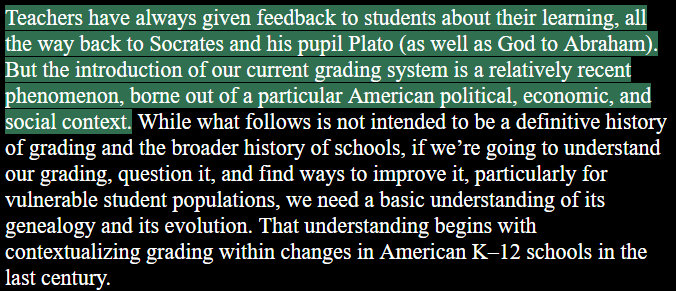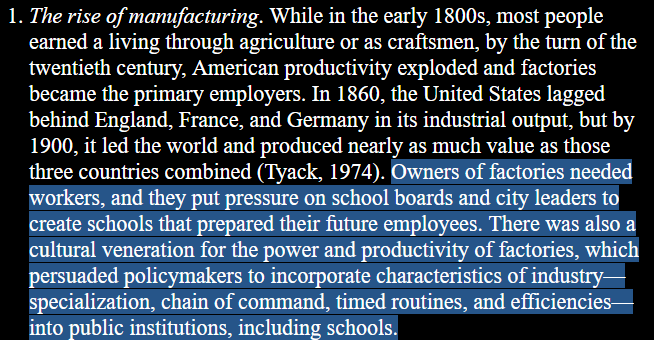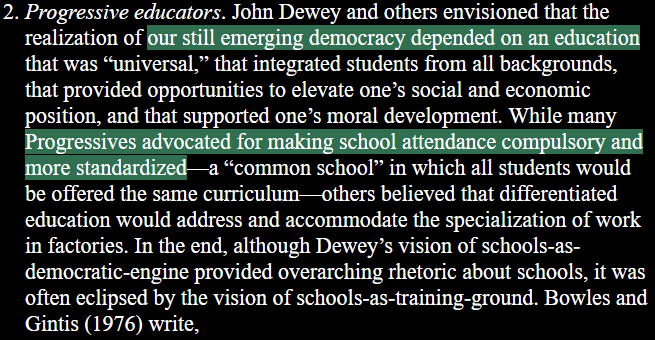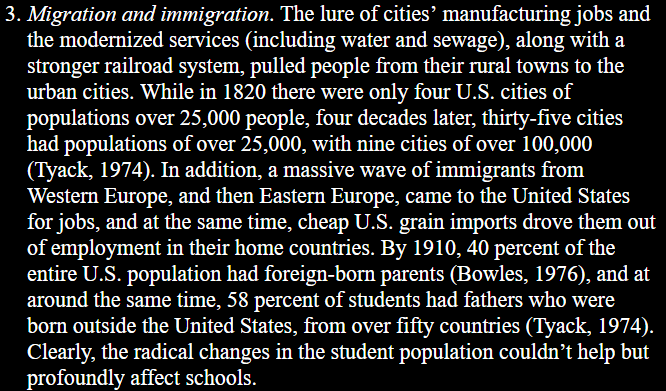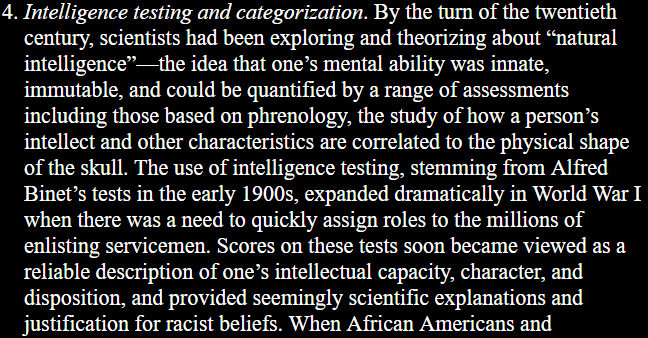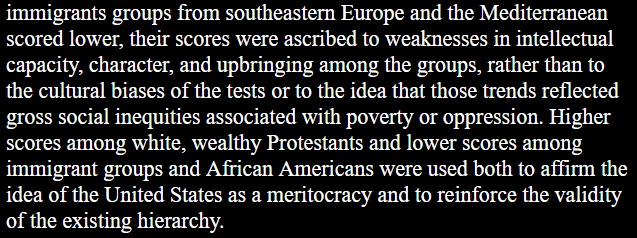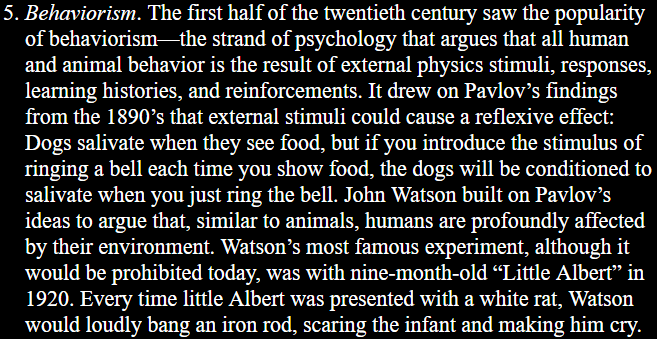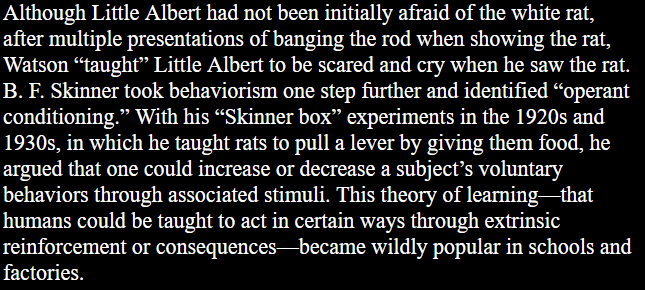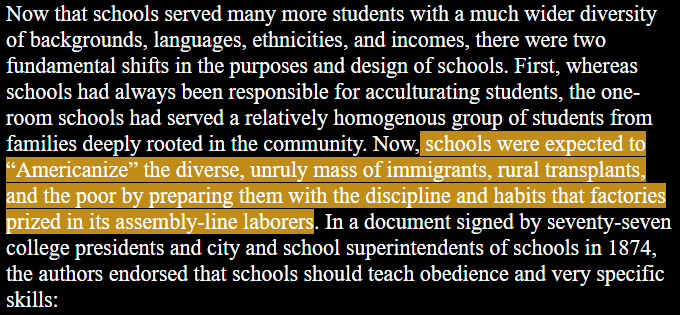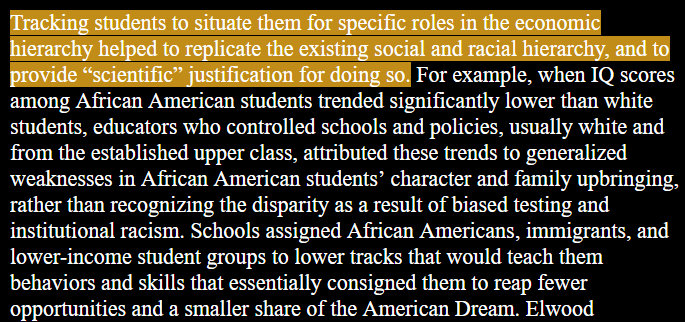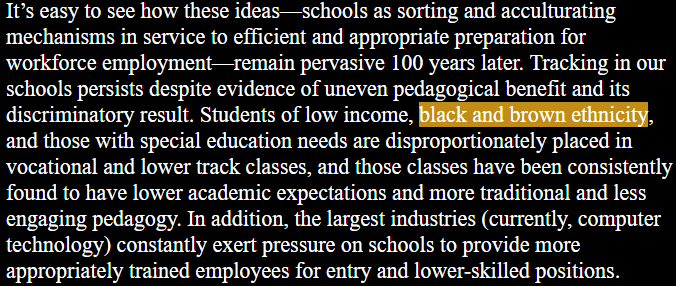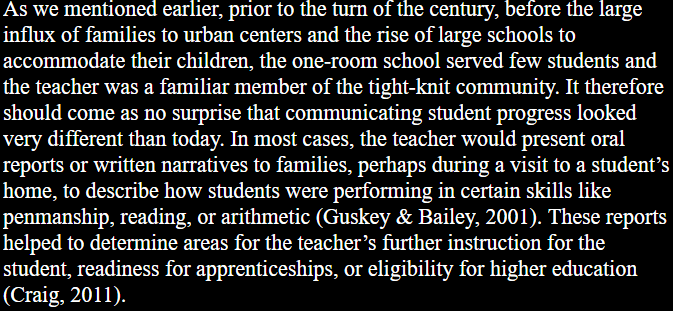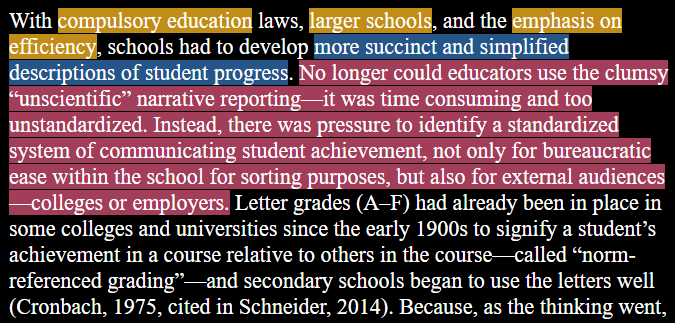Threads: 'Grading for Equity' Sucks, Chapter 2
These threads were originally posted on Twitter as live-responses to reading the book Grading for Equity by Joe Feldman. If you haven't read threads for chapter 1, you probably should start there. You can also read threads for...
Thursday, 06 January 2022
I hate this book (Grading for Equity), but I'm going to be live-tweeting my frustrations with it. So here goes Chapter 2. *inhales and screams internally*
There's more detailed information following this, but my biggest issue with this section is that its entire purpose is to conflate feedback with grading.
Grades are not feedback. Feedback provides people with a concrete understanding of how another understands.
When I provide feedback, it usually highlights a few things:
- What I find interesting and engaging with the work a student has created;
- Where I find issues (and prompting my student to respond to it in some way);
- How I'm engaging with their work.Grades don't do this.
It really frustrates me that a lot of teachers are prone to conflating feedback with grading.
If you're one of those people, please explain to me the difference between each grade level and why we use subjective terms like "sufficient knowledge."
(Note: When I received assignments back, I didn't know what to improve upon when the only information I saw was "8/10." Nor did I ever know which comment written was associated with the two missing points. That's not feedback; that's confusion.)
Oh good, we've already met my favourite "progressive" educator: John Dewey. It really is true that we can't discuss education without mentioning him, and it would be nice if more people would look at his work more critically.
Instead of as some Educator God.
I'm going to look into the source mentioned, but it's interesting that he says "half of white children."
Which half, mate. Because I can venture a guess, since you want to flatten the history.
Fun. It's probably because the source itself flattens that information without actually exploring it (or providing useful sourcing to go back and check their statistics). Good job, 1993 US DOE.
Taking a break to hunt down some of this information to unflatten(?) the information provided and actually get a better history of what US schools (maybe others) looked like in the 19th century.
Here's an interesting article by Jurgen Herbst, though.
It's interesting that an EduCeleb with a fairly popular and liberal US-school podcast is quoted repeatedly in this book. It's almost as if that educator can be used for justification of every point of view because he's completely incoherent in how he talks about schools. 🙃
Sorry, maybe to be more pointed in my vague tweet.
I should've said a popular "education historian" who loves to ignore huge chunks of history in order to make a case for why schools should continue to exist and that they "support democracy."
Anyway, putting the hunt for stats on the backburner but writing it down to come back to after I finish reading Chapter 2.
Author of book is listing things that prompted change in the early 20th century. I'm going to wait to see if he asks questions about them.
I guess I'll be waiting a while for him to question any of this, since we're just regurgitating the "common knowledge" among every person I've ever met who has subjected themselves to a university teaching program.
No comments on why people would increase schools for migrants?
Also, no comments on how schools used the children of migrants to forcefully assimilate migrant communities? And still do? Maybe he'll say it later. (Probably not.)
This is at least a tolerable overview of how intelligence was implemented, but it neglects the development of societies for the "feeble-minded" that were part of schools.
If you want a good article on that, here's Osgood on Indiana.
(Both of the articles I've recommended, btw, were available before this book was written. So it's amusing to me how limited the exploration these liberal white educators who want to reform equity into schools really can be.)
Love how people will mention "Little Albert" today and just be like "it would be prohibited today."
Yes, because it's unethical and child abuse. Just say that. It's not going to detract from your list of "impacts on changes to 20th century schooling."
If this is an attempt to critique the use of schools to "Americanise" a population and to act as a homogenising force, it uh... I don't think it comes across well?
Like, I really am trying to be charitable, but it seems an odd to use "unruly mass of immigrants."
At this time, I'd like to highlight some of the labour education that was taking place in the early 20th century? Because this guy keeps highlighting the quotes of business and isn't critiquing them. From AJ Muste's "What Price Labor Education?" in a copy of Labor Age from 1928:
There was actually a fairly large push for labour education and schools associated with unions (both in the US and the UK) in the early 1900s.
The Rand School of Social Science was one of these.
And they were targeted by the NY's Lusk Committee.
The AFL (before it became the AFL-CIO) had a lot of people who were pretty pro-business and fairly conservative; many of them had their sights on positions as politicians (or in government agencies). They attacked both the Workers' Education Bureau and Brookwood Labor College.
The reason I bring them up is because this guy? Is acting like there's only one education history and ignoring that people were trying to act against the fact that businesses and their owners were influencing the design of schools.
I find that infuriating.
This is the first time the guy even presents any form of criticism of the grading structure (and its origins). Like, at all. And it's pretty fucking basic and the most obvious.
He, however, neglects to use a word we really need to use: EUGENICS.
Tracking is an inherently eugenicist policy. If you cannot say that, if you refuse to admit that, you have failed to even provide any form of relevant critique of grading. You're just rehashing reform garbage that does nothing to change anything.
Genuine question: Am I right in feeling that "black and brown ethnicity" is a rather... off phrase because it's conflating ethnicity and race?
Anyway, there's a lot of discussion in this section where he's like "vocational or lower tracks." First, this is an assumption that topics learned in "vocational tracks" are inherently less difficult or unimportant.
I have many issues with this.
First: The framing of "vocational vs. academic" is garbage, and he's not even addressing the fact that we do this. He's just privileging "academic" subjects over "vocational" subjects.
Why not create a space for people to do both?
Second: "Less engaging pedagogy" is an interesting way to frame the issue of students being seen as less capable and not ensuring people have access to spaces that are appropriately challenging according to their needs/desires and in ways *they* feel are best for them.
It's also an interesting way to frame the problem of *forcefully* putting students who are determined to "be incapable" in spaces that treat them as if they're barely human. And neglecting their actual needs and interests.
Third: State-supported pedagogies are inherently "less engaging" as a whole.
If individual teachers are able to be engaging and create an environment that encourages genuine learning, that's largely because they are *individually* doing what they can to work against that fact.
Fourth: All of this pairs well with my disgust for the fact that we put in crowbar separations between subjects, obscuring how they're related (and often have to rebuild and sneak into our own classes because the state-supported pedagogies maintain those boundaries).
I'm not surprised he didn't ask this question, but based on the information he presents before this (about how grades were encouraged by those who sought to push industrialisation and further create compliant workers)?
I'd have another question (see next)...
How was grading used to further alienate members of the school from each other?
If I communicate with students, families and other community members (as a teacher)? I'm more capable of building solid connections with the people around me.
Isolation is a narrative he's missing.
As I finish the chapter, he ends it with the unironically asked:
"Is our best thinking about effective teaching and learning thwarted by our century-old grading?"
In further chapters, he'll be arguing for keeping grading. So... yes. It is. Your book proves that.
The one thing I really hate about this book is that it's trying to make a case for grading by presenting a very flat history of grading. It highlights things and then doesn't even bother to write a sentence of commentary on them. See the bell curve mention here:
To be fair, this is a critique I have with a lot of academic texts. Just stating things as fact is absolutely pointless. And heartless. And distant.
If you care about a thing, why do you act as if it "just happened?"
Anyway, finished Chapter 2. Need a break.
